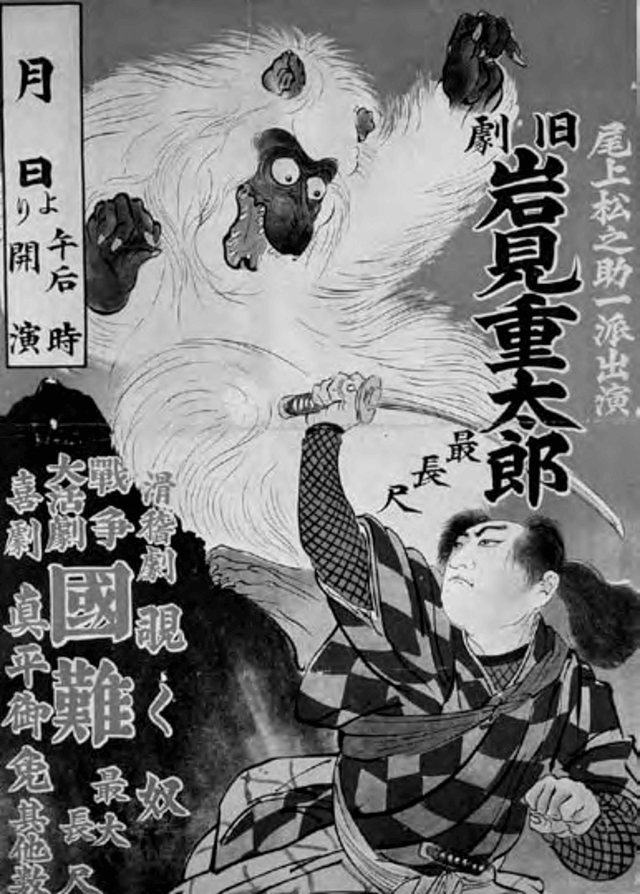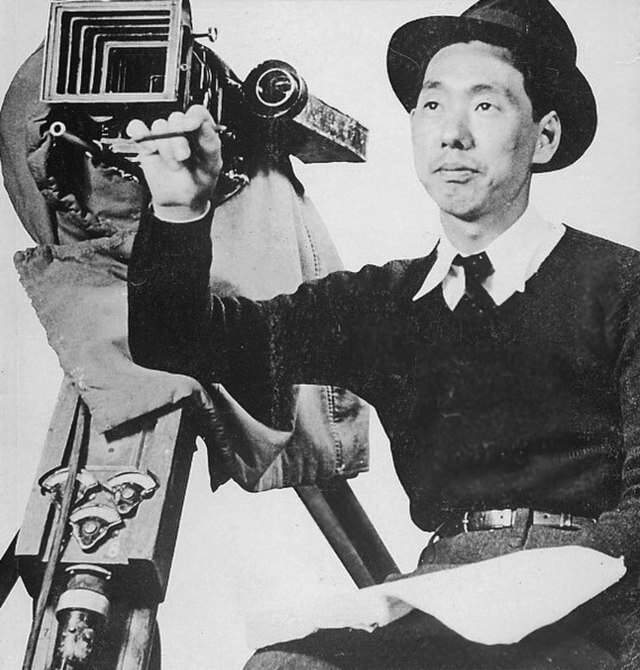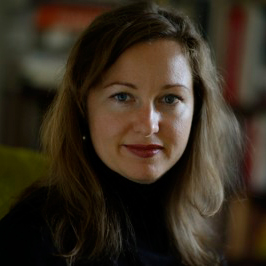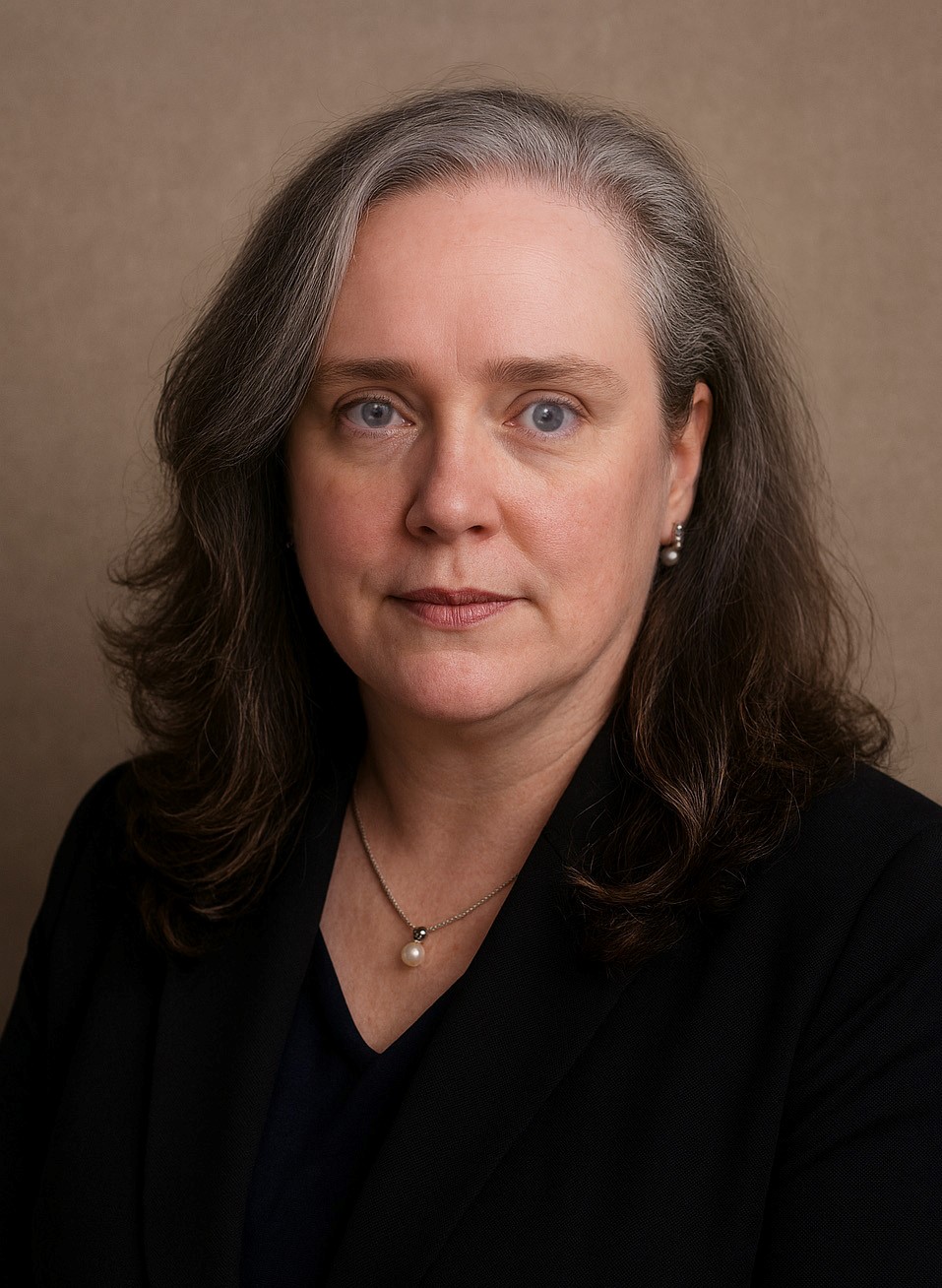Japan: Summer 2026
Studying Interaction Design (MART 393) and Ethnographic Film (ANTH 200) in Japan will allow you to step out of your normal routine, and into a culture that is very different from our own. As you learn about Japanese culture and the role it plays in Japanese design and cinema, you will help to free yourself from the myth of ‘it’s always been done this way.’ Japan’s culture is simultaneously cutting-edge technologically deeply tied to history and tradition.
Community participants are welcome to enroll in one of the coursees in the Study Abroad as pass/no pass.
Japan 2026 Program Dates
Arrive:
Fri, Jun 12th, 2026
Depart:
Sat, Jun 27th, 2026
Program Provider:
AIFS
Apply By:
March 19th, 2026


Meet The Staff
Professor Jessica Marshall

Jessica Marshall is a Professor of Anthropology at Cañada College and has taught for 21 years. With a passion for taking students abroad, she has taught Anthropology in Egypt, Italy, and Australia. Her research interests are in contemporary objects made to keep traditions alive. She holds a BA in Anthropology, a BA in Photography, and a BA in Journalism from California State University Sacramento, and an MA in Visual Anthropology from the University of Kent in England. She completed her PhD coursework in Interdisciplinary Studies at the Australian National University in Canberra. Before teaching, Jessica worked as an archaeologist and lived and traveled extensively around the globe. She is so excited to teach Anthropology in Japan, and plans to tie place into her class so students can apply course concepts to their experiences.
Professor Hyla Lacefield

Hyla Lacefield is a Professor of Digital Art & Animation with a focus on User Experience/Interaction Design. Before joining Cañada in 2011, Hyla was President of Celga, Inc. for a decade, a Japanese/US business that helped people buy products from Japanese marketplaces like Yahoo Japan and Rakuten. During that time, Hyla spent a great deal of time in Japan. Although travel became much more limited after becoming a full-time faculty member, there was no loss of respect and admiration for Japanese culture and design. Prior to forming Celga, Inc., Hyla worked in video games for companies large (such as Maxis) and small (such as Prolific Publishing). Hyla’s BA from UGA was interdisciplinary (Area Studies) in Photography and Anthropology, followed by a MA in Anthropology with a specialization in Archaeology. Specifically, the focus was on Iconography and how pre-literate cultures used art as a means of communication and to create a sense of belonging. Although the means have changed, from primitive technology to cutting-edge technology like XR, storytelling and cultural awareness is at the core of it all.
Read the last paragraph again. Did you notice there were no gendered pronouns? In Japanese, あの人 (that person) is more common than 彼 (kare) and 彼女 (kanojo), the gendered equivalents. However, it is most common to just use the person’s name or expect that the listener will understand who is being referenced. This is just one of many ways that Japanese culture varies from the norm in the USA. Come explore this and so much more in 2026 in Japan!
More Information or Questions?
Gerardo Brambila
Program Services Coordinator | SMCCCD Study Abroad
Email: studyabroad@smccd.edu
Phone: (650) 738-7098
Professor Jessica Marshall
Email: marshallj@smccd.edu
Professor Hyla Lacefield
Email: lacefieldh@smccd.edu
Attend an info session to learn more about the Japan study abroad program or how to apply for scholarships to pay for study abroad.
Info Session RecordingCan't make the info session or have more questions? Schedule a Study Abroad Zoom Advising appointment!
Attend Office Hours